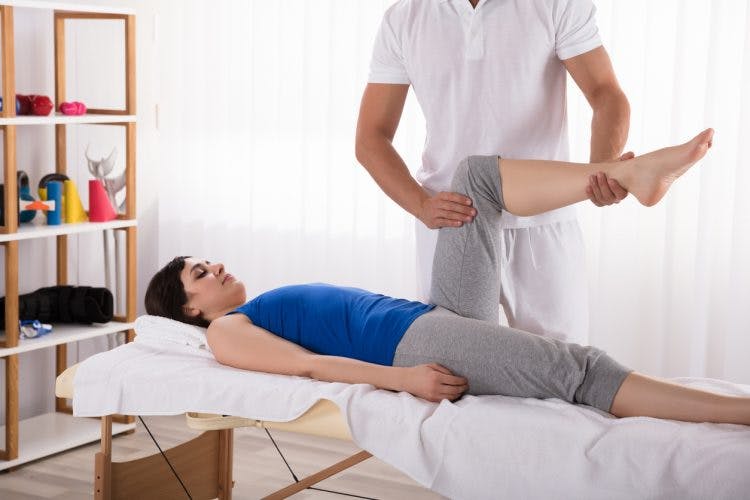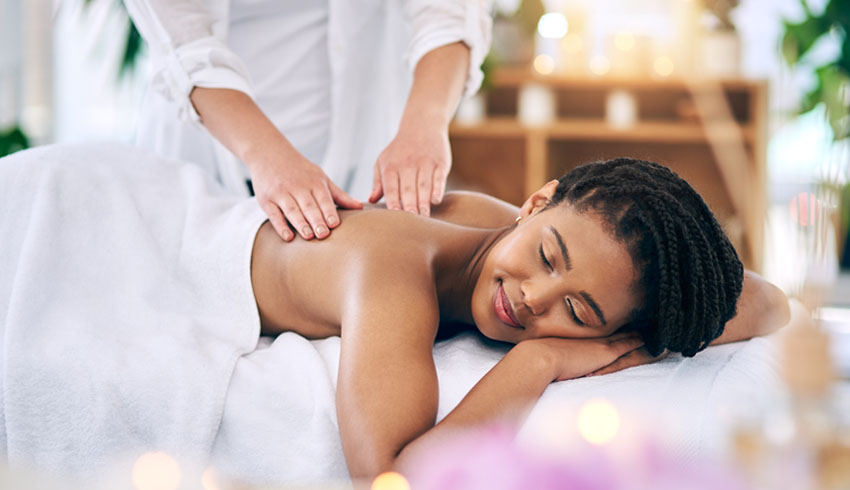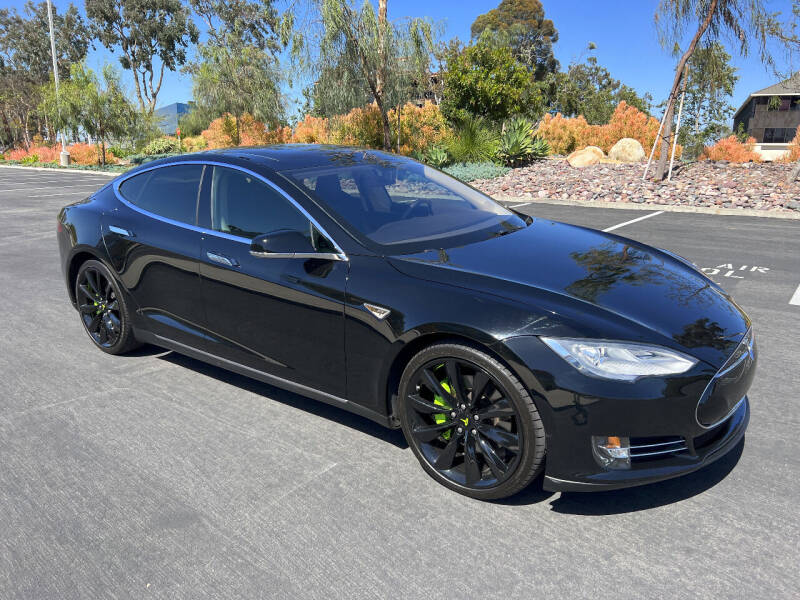
Metropolitan life and provincial charms meet in Jeonju, South Korea, the North Jeolla area’s capital. Popular for the neighborhood cooking that emerged from the farmlands that encompass it, Jeonju was named a UNESCO City of Gastronomy in 2012. it is more than just a business place. You can enjoy your time here during your business break as well.
- The Jeonju Zoo is particularly for offices that incorporate a soccer field, a volleyball court, and an event congregation known as “Fairyland.” The zoo is home to numerous animals like tigers, lions, giraffes, hippos, and camels. Children and grown-ups the same can partake in an evening at the zoo, with almost 106 distinct species to draw in with.
- The wonderful Deokjin Park is number one for guests and occupants. Its significant draw is a rambling, practically supernatural lake right in its middle, whose surface is covered with lotus blooms and lily cushions. The recreation area, which traverses 13,000 square meters, has a terrific grand structure and a quiet, peaceful water iris garden. A little curve span is suspended over the lake, combined with a fake cascade and nine stone landmarks spread.

- Jeonju is the food center of South Korea; thus, an outing to the region wouldn’t be finished without visiting its road food problem area, the Jeonju Nambu Conventional Market and Night Market! Open in the night until late, the night market presents steak on a stick, newly pierced and barbecued bacon rolls, octopus limbs in a light hitter, broiled sushi, and, surprisingly, the customarily cherished bibimbap.
- The Public Exhibition hall was first settled in 1990 for additional exploration, and conservation endeavors since so many destinations in Jeonju can be followed back to illustrious rulers and lines. Throughout the long term, the exhibition hall has put forth significant attempts to get approximately 30,000 antiquities from the Jeollabuk-do territory of south-western South Korea, a must-see when on 전주출장안마 (Jeonju business trip).
- The Geumsansa Buddhist Sanctuary has endured everyday hardship, regardless of whether Japanese trespassers obliterated its most memorable symbol in the long run. The designs were ultimately reconstructed in 1635 despite everything grandstand an enormous piece of the movement of the Buddhist confidence in Jeonju, particularly the “prediction” of a “Buddha Representing things to come.”
From the cobblestone roads and notable hanok of the architecturally significant area to the mountains past as far as possible, it’s not difficult to see why this is one of the most well-known attractions for Korean sightseers. So the next time you are in Jeonju for work or business, you can explore it.







